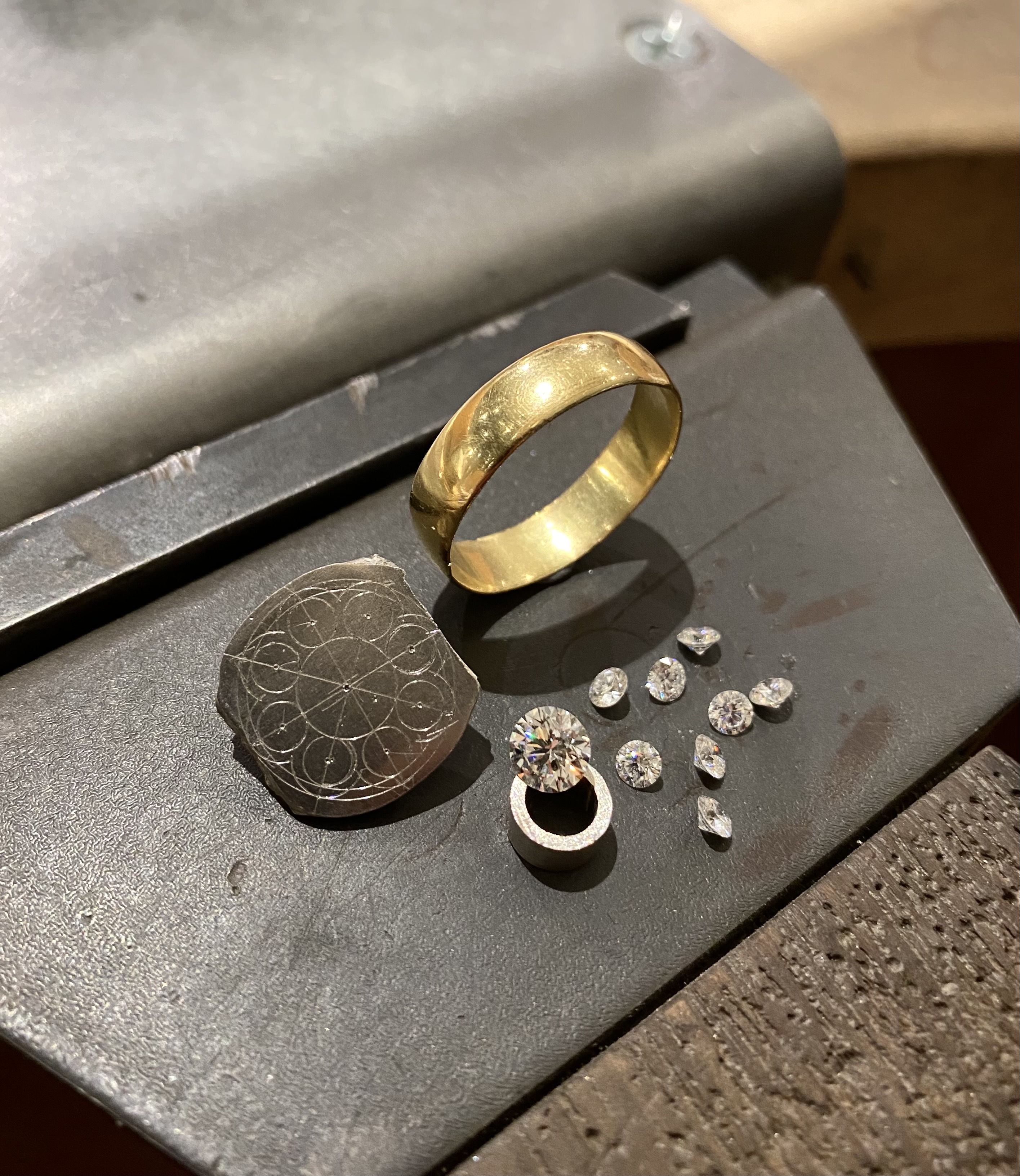Here are some things to look for while identifying raw diamonds.
1. Concentrate On Gravity
If you’re looking for a rough diamond, you should be aware of its specific gravity. The density of a diamond varies between 3.5 and 3.53 g/ml, which is the ratio of the stone’s density to a pure liquid with a thickness of 1 g/ml. However, this gem’s identification should not be confused with quartz with a gravity of 2.6 to 2.7.
With this gravity, separating the raw diamond from other diamonds is simple.
2. Perform a thermal absorption test
Diamonds are the best heat absorbers of all gemstones. Diamond testers can be used to validate this on your stone. These hand-held instruments have a metal head that makes contact with the diamond under test. It generates a little quantity of heat and measures how quickly the stone absorbs it.
3. Perform a toughness test
Every diamond, whether rough or polished, is the toughest gemstone known to man. On the Mohs scale of hardness, which ranks minerals from softest to hardest, this diamond receives the highest grade.
4. Perform an ultraviolet (UV) light test
Under shortwave ultraviolet light, 30% of diamonds glow blue. It will occur once you place a diamond under ultraviolet light. However, some will shine and generate different colours, such as yellow, red, or orange, making this procedure not 100% accurate.









